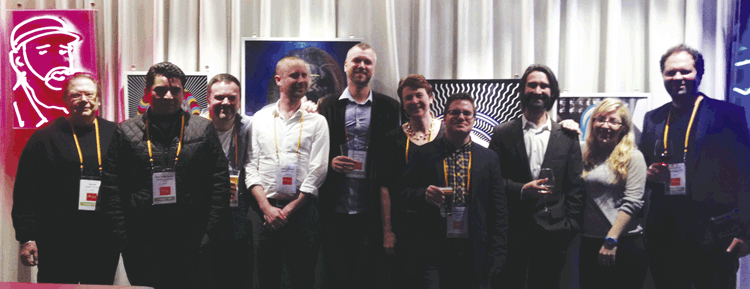Report from ASM 2015: One Microbiology
Dee CarterChair of Scientific Program committee
Microbiology Australia 36(3) 136-140 https://doi.org/10.1071/MA15047
Published: 26 August 2015
July 2015 has seen another highly successful meeting of the Australian Society for Microbiology, this time in our capital city at QT Canberra, with over 460 microbiologists converging on the city for three days of science, networking and socialising around our common love of microbes.
Our theme this year was One Microbiology, and our aim was to present a highly integrated program that worked across the traditional divisions to bring us together to discuss some of the big issues and opportunities in microbiology, ranging from animal microbiology and ecosystem health, across host-pathogen interactions, antibiotics, and clinical microbiology, and to some of the modern uses of microbes in synthetic and industrial microbiology.
The meeting began on Saturday 11 July with the EduCon meeting, which continued from its inaugural meeting at ASM 2014 with a highly stimulating program covering current topics in microbiology education, ranging from ‘big picture’ issues such as graduate employability and adaptive learning, to the nitty-gritty of teaching methods, such as writing better multiple choice questions, and engaging students with social media tools. A major outcome of this year’s EduCon was the drafting of a national microbiology curriculum, which aimed to put in place some universal learning outcomes for tertiary teaching in microbiology across Australia. Thanks go to Josie Lategan and the EduCon team for inspiring us with their dedication to teaching our future microbiologists.
Workshops continued on Sunday, attracting delegates interested in updating their skills in antimicrobial resistance assessment and monitoring, next generation sequencing, imaging and proteomics. These were run with a high level of professionalism by dedicated volunteers and were very well attended and received.
The meeting itself got off to a bang, quite literally, on Sunday evening at the Shine Dome, with a Questacon presentation of a sneeze, where giant microbes were fired into the air with the aid of a liquid nitrogen bomb! We were then treated to a highly entertaining public lecture on Microbiology from Guts to Great Oceans, presented by our international guests Janet Jansson and Stephen Giovannoni, along with organiser and LOC Chair Mike Manefield. Mike presented an excerpt from his book ‘Esher Surfs the Sewer’ aimed at promoting microbiology to preschoolers and young children. We then got down to some more serious science with Bazeley Orator, Professor Yoshihiro Kawaoka, taking us through the harrowing issues of working with Ebola and providing us with an update on progress in working with and understanding this very challenging infectious disease.
Three days of microbiology followed, with wonderful presentations from our international speakers and terrific talks from our locals. Particular highlights were the Rubbo Oration by Janet Jannson on the gut microbiome and Crohn’s Disease, the astonishing advances made by young scientist and Fenner Award winner Gene Tyson, and the fascinating world of giant viruses presented by Chantel Abergel. And while we were all very impressed by our visitors, they in turn commented on how impressed they were with the quality of talks by our symposium speakers, and we can all be very proud of the standard of microbiology research that is going on in Australia. The talks were complemented with plenty of opportunities for networking over posters and in the trade area, and our intimate and comfortable venue in QT Canberra, combined with the chilly Canberra weather outside, promoted friendly and fruitful interactions.
A particular highlight of our social program this year was the inclusion of events targeted at our newest members: the students and early career researchers, with a dedicated student breakfast, student and ECR lunches, and a fabulous social night at Bent Spoke Brewery. The latter attracted over 90 student and ECR participants, who enjoyed the local hand-crafted fermentation products until the early hours of the morning. There was an educational component too, with the local brewers giving guided tours of their fermentation facilities, and describing the ins and outs of applied microbiology in this context. An excellent sense of camaraderie filled the room at this brewery event, and the degree to which groups from different institutions mingled was notable; many new friendships and collaborations were forged on this evening, which will surely lead to more useful synergies as these students and ECRs continue to link up to discuss their projects and their careers in microbiology.
Many people and organisations helped to make this meeting a success. I would like to thank the trade for their financial support, ASN for its superb professional organisation of all logistical aspects of the meeting, the Academy of Science for use of the Shine Dome for the public lecture, the helpful staff at QT Canberra, and the ASM executive for help and support leading up to the meeting. Very special thanks go to the LOC based in Sydney and Canberra, and to the Scientific Program Committee, who worked for nearly 2 years before the meeting to come up with the scientific and social program that we all enjoyed. We can now all look forward to a trip out west for ASM 2016 in beautiful Perth.
New Fellows of the Australian Society for Microbiology
Andrew Taylor-Robinson, CQ University
Nevada Pingault, Department of Health, WA
Christopher McIver, St George Hospital
Charlene Kahler, University of Western Australia
Adam Polkinghorne, University of the Sunshine Coast
ASM Distinguished Service Awards
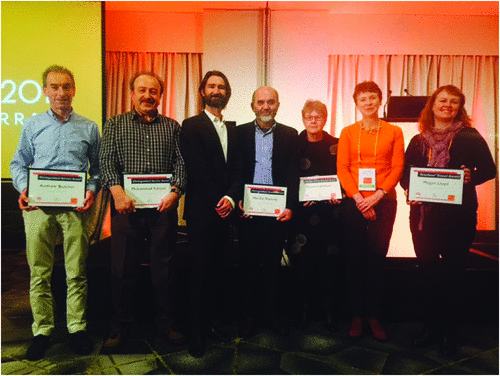
|
Harsha Sheory, Louise Roddam, Mohammad Katouli, Diane Lightfoot and David Dickeson were acknowledged with ASM Distinguished Service Awards.
Teachers Travel Award: Megan Lloyd
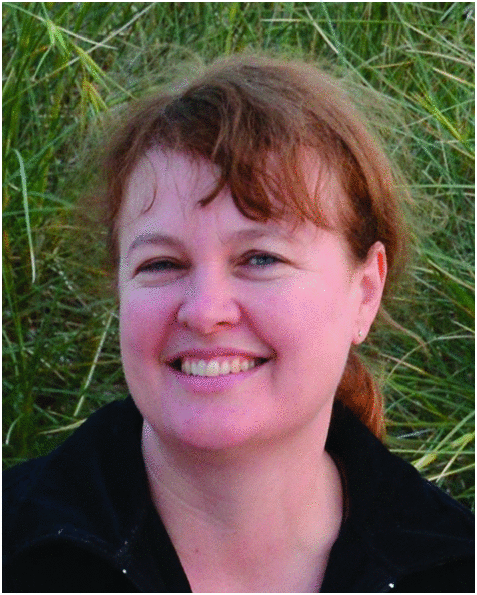
|
Megan Lloyd started working as a trainee clinical scientist at Fairfield Infectious Diseases Hospital whilst completing an undergraduate degree from RMIT in 1989. She worked at Fairfield Hospital (both Clinical Bacteriology and Rickettsial Research Laboratory) until 1992 and then worked in the pathology laboratory at Katherine District Hospital (NT). She moved to Perth in 1995 and began working in cytomegalovirus research at the University of Western Australia and completing her PhD in 2007 in the laboratory of Professor Geoffrey Shellam (Mechanisms of Virally Vectored Immunocontraception). She wrote and delivered a new 2nd year unit for Edith Cowan University in 2014, Medical Microbiology.
Burnet Hayes Postgraduate Award: Matthew Johnson
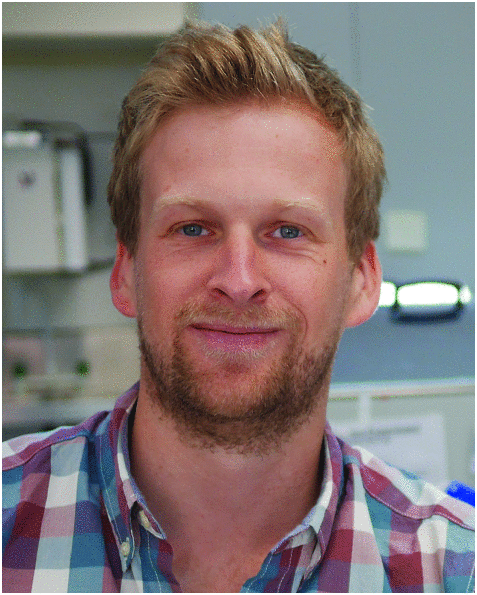
|
The Hayes-Burnet award enabled me to experience work in a UK laboratory at the University of Birmingham. During my time in the laboratory, I developed new skills that I will be able to utilise back in Melbourne. Working in a different laboratory has broadened my horizons and I have learnt new ways to tackle laboratory problems. In addition, the guest laboratory was very friendly and accommodating. I hope that the working relationships that were set up during this trip will lead to a strong collaboration in the near future.
After 3 weeks of laboratory work at the University of Birmingham, I attended the Society for General Microbiology spring meeting in Birmingham city centre. The abstract booklet was littered with world leading molecular microbiologists from across the globe. Notable speakers include Prof Regine Hengge from Germany and Prof Eduardo Groisman from Yale US, both gave incredible talks that I found fascinating. It was also great to see two speakers from Melbourne, Dr Kathryn Holt and Dr Eva Heinz who gave Impressive talks on K. pneumoniae epidemiology and comparative genomics respectively.
At the meeting I presented a poster that was well received. The feedback and discussion from fellow attendees regarding my work was invaluable. Moreover, several posters and presenters from UK universities were on similar subject to my own. I found the discussion of experiments and methods with my peers to be very informative.
This was an exciting time to visit Prof Ian Henderson’s laboratory. Currently, they are setting up a new sequencing facility to incorporate multiple high throughput sequencing technologies and sequence bacterial genomes at low cost. This facility, named MicrobesNG, launched at the SGM. It was a pleasure to meet the organisers and speak to experts about the future of high throughput sequencing and its applications.
Millis Colwell Postgraduate Award: Jennifer Moffat
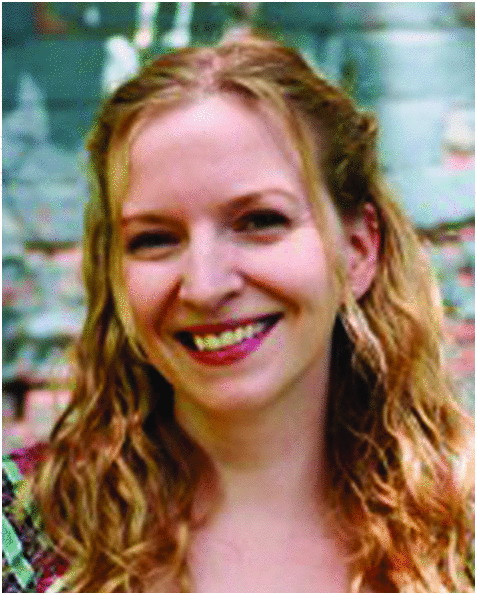
|
This year I was fortunate enough to receive the Millis-Colwell award, which allowed me to present my work on the intracellular pathogen Coxiella burnetii at the 115th American Society for Microbiology General Meeting. This year the meeting was held in New Orleans, a city close to my heart. Despite the summer heat, New Orleans proved to be the perfect backdrop to an action packed conference. Having never attended an American Society for Microbiology meeting, I wasn’t really sure what to expect. I heard it was going to be big, but it certainly exceeded my expectations! With five concurrent sessions, I was overwhelmed with choice. I would have looked utterly ridiculous running up and down the corridors of the conference centre trying to catch presentations in different sessions if wasn’t for the fact that everyone else was doing exactly the same thing. I certainly needed the extra exercise to compensate for all the oysters, jambalaya and gumbo I was eating.
The Ebola outbreak in West Africa was the hot topic of the meeting, with several sessions focusing on Ebola virus detection, outbreak management and vaccine development. Dr. Ian Crozier, who contracted Ebola while treating patients in Sierra Leone, gave us a personal and touching insight as to what it was like for him to suddenly find himself as the patient, fighting for his life. I don’t think there was a dry eye in the house as he paid tribute to those who were not lucky enough to survive.
One of the great features of the ASM meeting was the strong focus on learning. There were plenty of engaging workshops, learning labs and networking and career opportunities. It was such a stimulating environment for an early career researcher to be in, and I tried to soak up as much as I could.
Prior to the meeting I was lucky enough to spend a couple of weeks with Craig Roy’s group at the Department of Microbial Pathogenesis at Yale University in Connecticut. Craig’s group was very welcoming, and it was energising to be around new people who work in a similar field. During my time in Craig’s lab, I used a yeast lethality screen to try and identify eukaryotic processes that are altered by effector proteins secreted by C. burnetii. While two weeks does not seem like long to be in a new lab, it was long enough for me to learn the technique and to cement an important collaboration.
Now that I am back at the Doherty Institute for Infection and Immunity in Melbourne, I am continuing my post-doctoral work with a renewed passion. It really is an incredible experience to present your work overseas, and to engage and collaborate with international colleagues. I sincerely thank Dr Hayley Newton, Professor Craig Roy and the Australian Society of Microbiology for funding and supporting this incredible opportunity.
David White Excellence in Teaching Award: Helen Agus
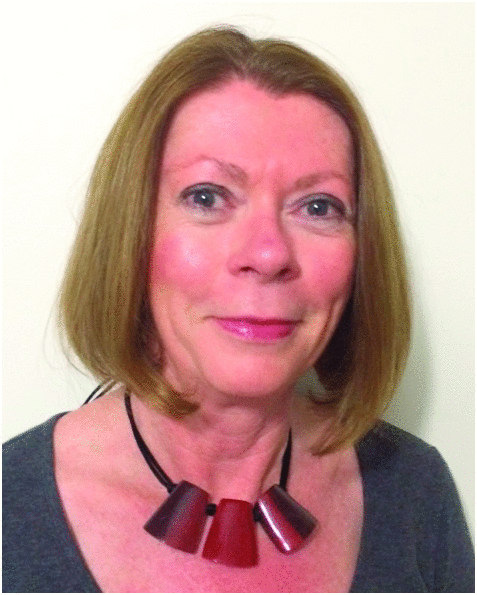
|
Helen currently works in the Faculty of Science, University of Sydney as a Pro-Dean. Her Microbiology teaching career began as a new Microbiology graduate demonstrating in a University of Sydney (USYD) dentistry course, progressing to encompass major roles in development, implementation of curricula and teaching in 30 units of study across the Faculties of Science, Medicine, Pharmacy and Agriculture in five different tertiary institutions. She has held a USYD Microbiology academic teaching focussed position in the School of Molecular Bioscience for the past 22 years, whilst also being active in the research area, supervising and mentoring many Honours and Masters research students. She has a general Microbiology capability and specialist expertise in medical Microbiology.
bioMérieux ASM Identifying Resistance Award: David Wiley
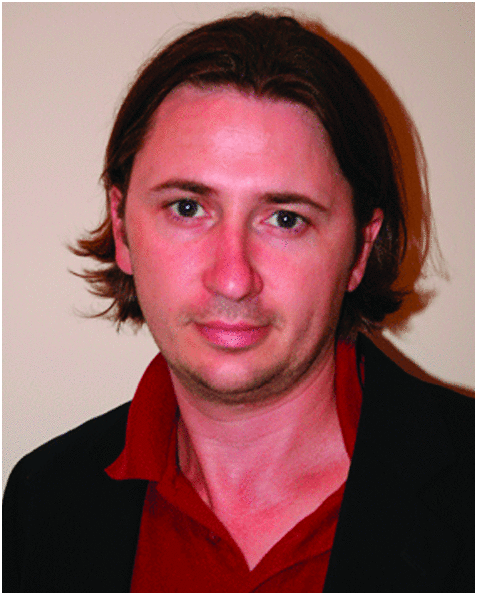
|
David Whiley is the senior research scientist & Specialist Microbiologist at the Queensland Paediatric Infectious Diseases (QPID) Laboratory, Sir Albert Sakzewski Virus Research Centre and Queensland Children’s Medical Research Institute, The University of Queensland, at the Royal Children’s Hospital.
He has been at the forefront of developing molecular methods for direct detection of antimicrobial resistance for Neisseria gonorrhoeae, an organism now ranked as an ’urgent’ antimicrobial resistance threat, the highest level designated by the CDC and shared with only two other organisms, Clostridium difficile and carbapenem-resistant Enterobacteriaceae. He has 17 years’ experience in clinical microbiology research and is a leading authority in molecular detection and characterisation of infectious diseases, particularly sexually transmitted infections and novel or emerging agents.
ASM Frank Fenner Award: Gene Tyson
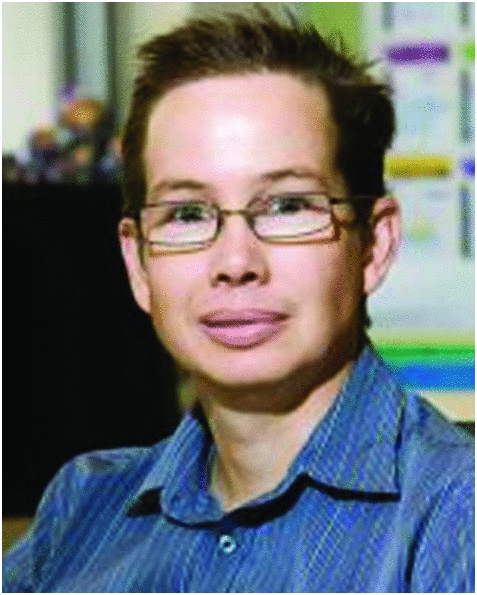
|
Gene W. Tyson is an Associate Professor at the Australian Centre for Ecogenomics (ACE) and Advanced Water Management Centre (AWMC), University of Queensland. He completed his PhD at The University of California, Berkeley in 2006, earning himself a reputation among colleagues as a ‘pioneer of metagenomics’. In May 2009 he returned to Australia to start his own research group within the Advanced Water Management Centre (AWMC) at The University of Queensland. Later that year he was awarded a Queen Elizabeth II Fellowship as part of a successful ARC Discovery grant. A/Professor Tyson’s research has been published in more than 30 articles in the mainstream science media and has presented invited talks at more than 14 international meetings.
ASM Lyn Gilbert Award

|
Professor Theo Sloots is the Director of Research at the Queensland Paediatric Infectious Diseases (QPID) laboratory at the Queensland Children’s Medical Research Institute. Over the past 25 years, his professional activities have resulted in the establishment of a pathology service in Queensland, which is amongst the best in Australia, and recognised internationally. His skills have been applied to develop an extensive translational research program, which have made a major contribution to our understanding of infectious disease, and have significantly contributed to enhance clinical management. Over the past 10 years Professor Sloots has attracted research funding in excess of $14 million from external granting bodies such as the NHMRC, ARC, NIH and the Children’s Health Foundation. He has published extensively with 205 scientific articles in peer-reviewed journals and books.
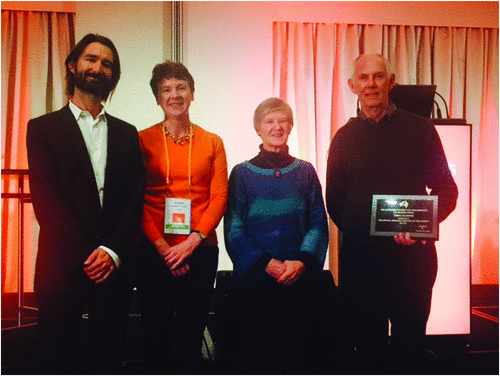
|
BD ASM Student Travel Awardees
Victoria
Sushama Telwatte, Burnet Institute.
South Australia
Hayden Thain, Flinders University.
New South Wales
Amelia Hynen, University of Technology Sydney.
Tasmania
Christopher Atkinson, University of Tasmania.
Queensland
Agathe Colmant, University of Queensland.
Western Australia
Lucy Furfaro, University of Western Australia.
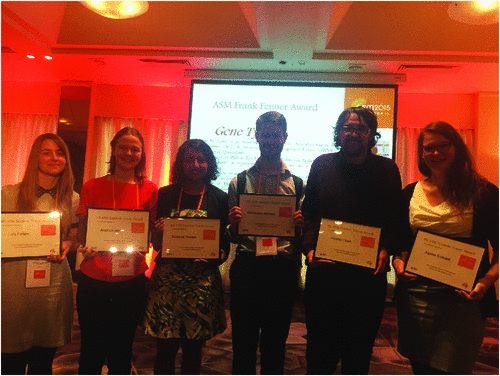
|


